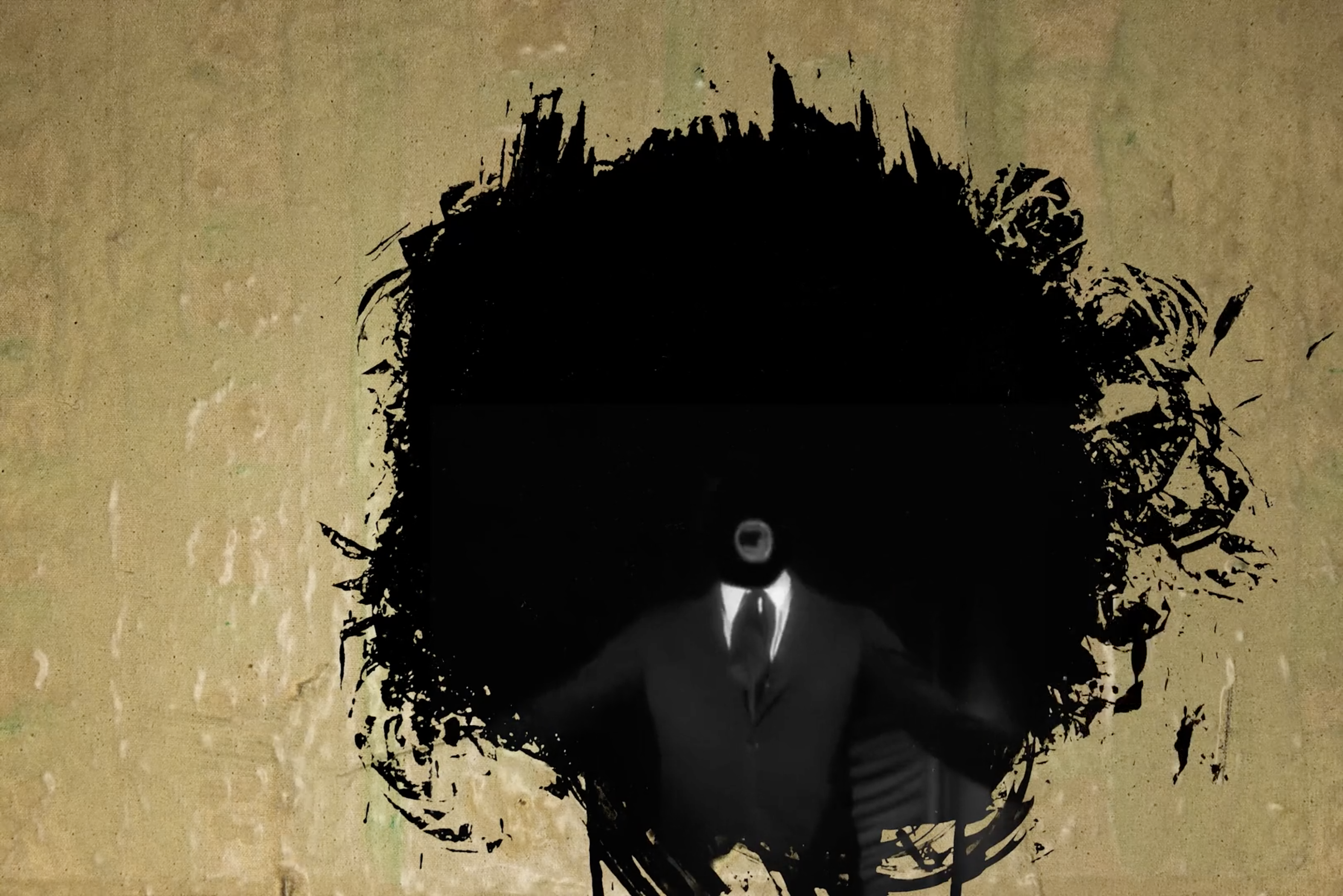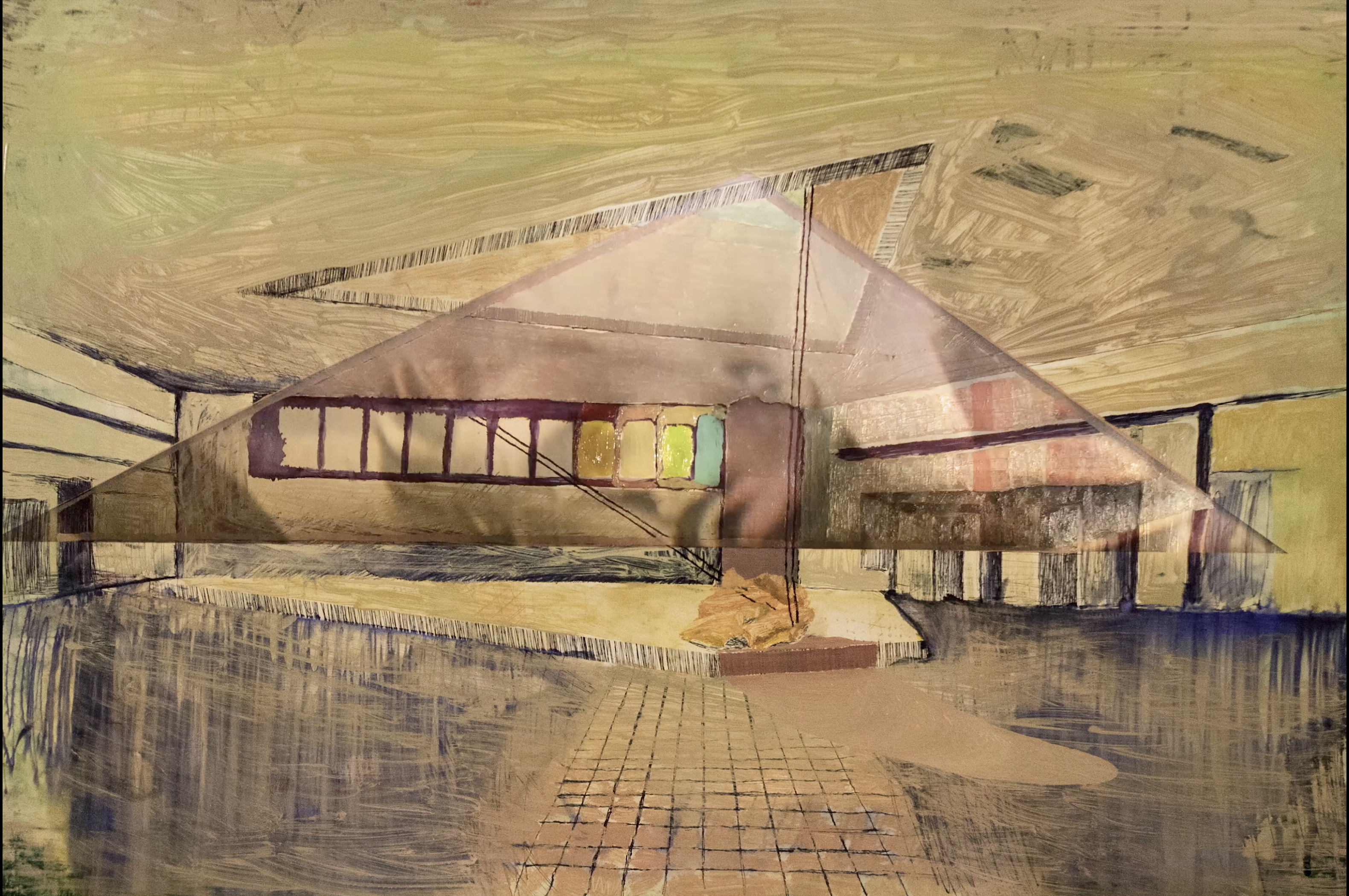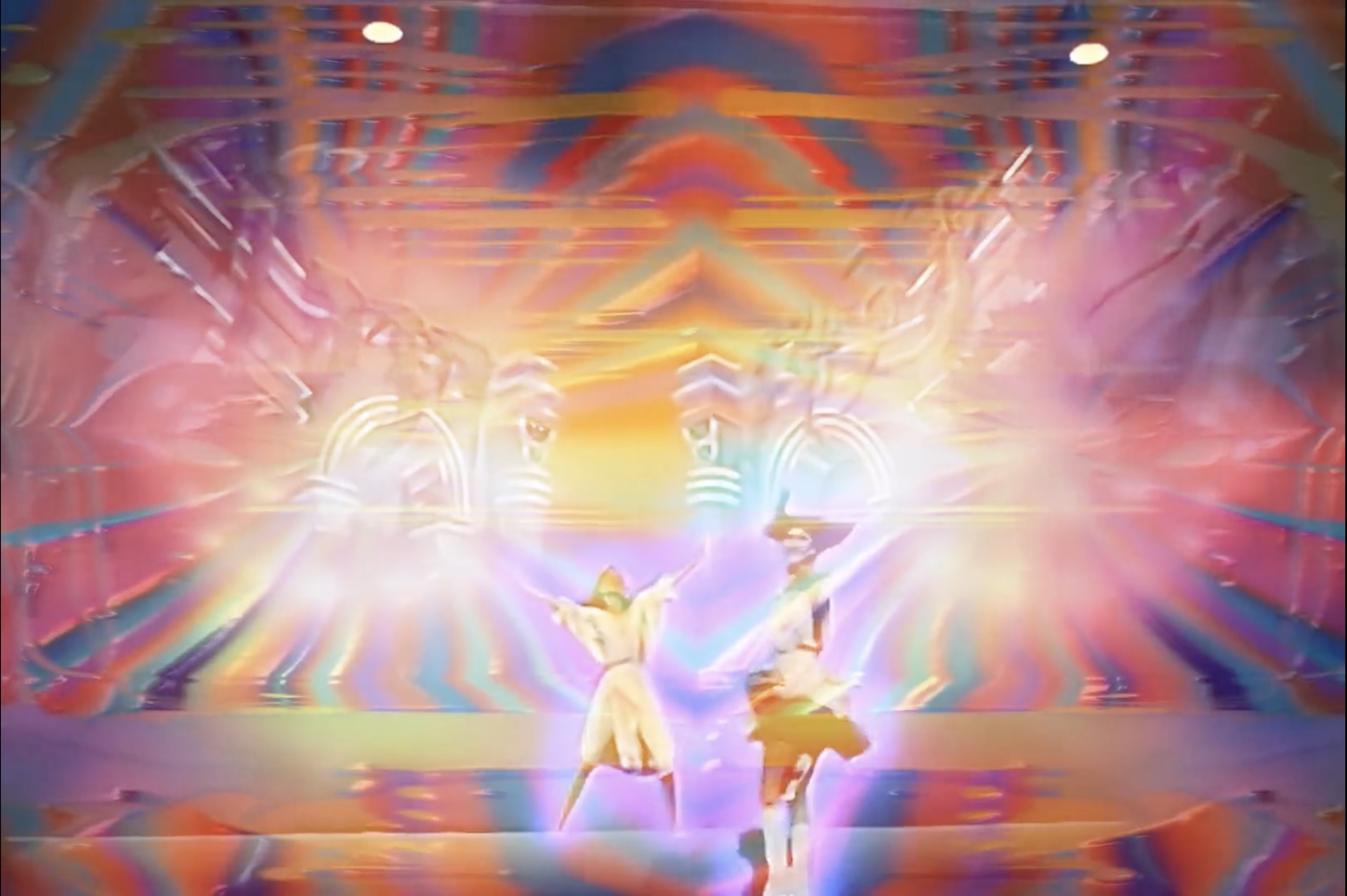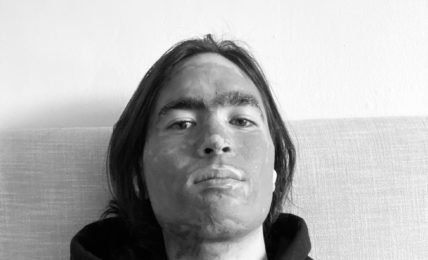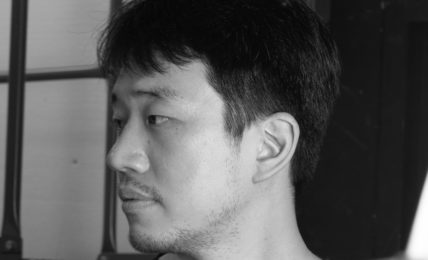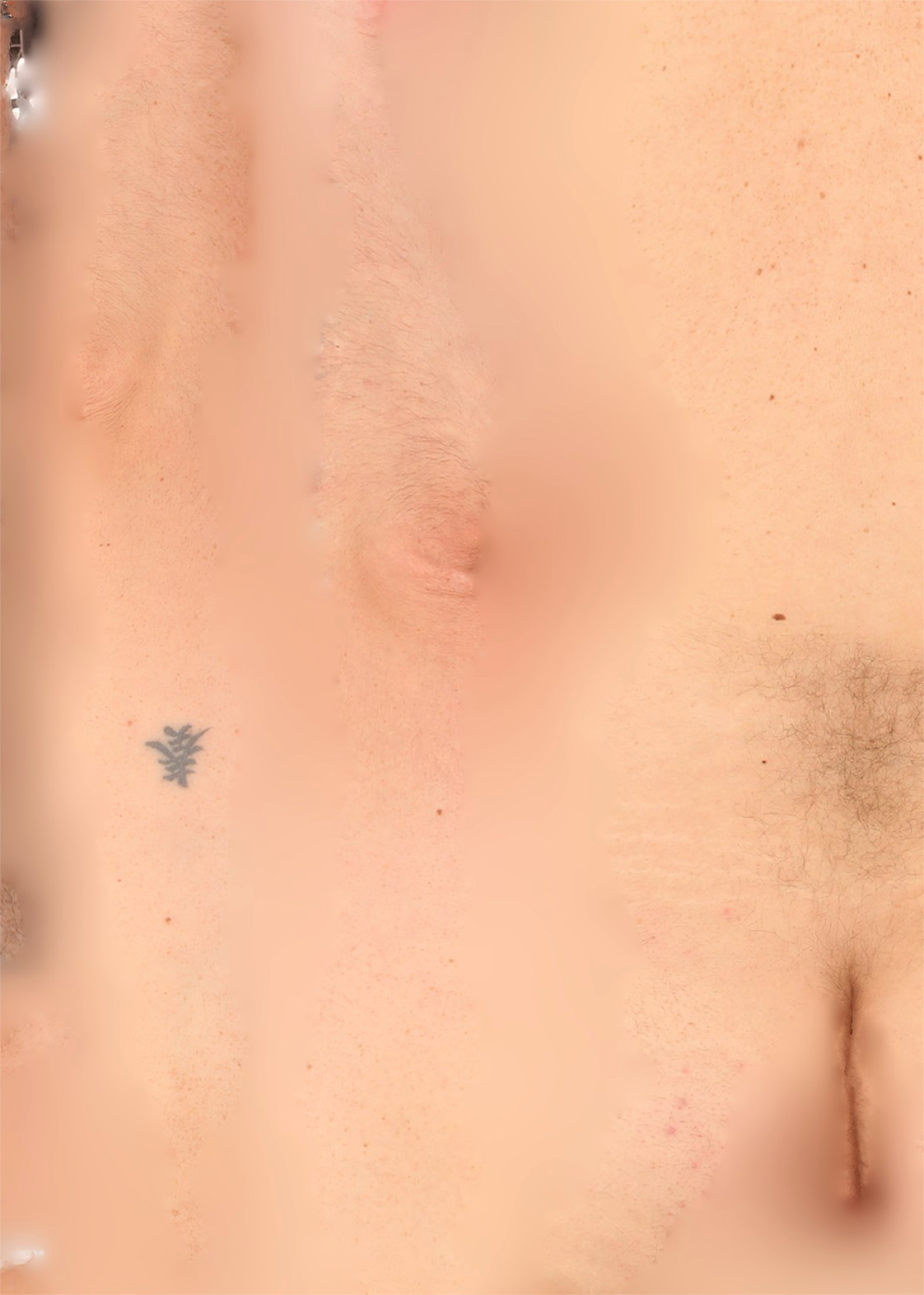Pete Burkeet’s piece Black Hole Son was published in Issue 12 of Digital America. In this interview Burkeet gives us insight into his making process and inspiration behind making Black Hole Son. He also shows us the connection between Black Hole Son and his other work like Mannequin, and Beyond Human.
:::
DigA: You use multiple mediums in your video work including moving painting and processed video. The way the layers interact create a unique and compelling orchestration, which is seamless, but clearly quite complex to create. Could you talk about your process making Black Hole Son?
Pete Burkeet: Making Black Hole Son was a lot like making an album of music in that there are a lot of b-sides taking up space on my hard drive, and a giant collage painting in that there are a lot of scraps on the floor. I like art that plays with perspective, I have long interests in synthetic cubism and bizarre music videos. I think of the history of film sort of like painting before photography. The inventions of non-linear editing, video games, virtual reality, etc. are giving the experience of a rectangular video a new context. Non-linear editing is just getting interesting right now, the tools are maturing and that excites the hell out of me. I am interested in artists that use them like instruments or paint brushes. I identify most with surrealism, synthetic cubism and potent scenes from cinema that test the medium like the pacing of Guy Maddin’s Heart of the World or the way David Lynch often uses the aesthetics of different eras like colors.
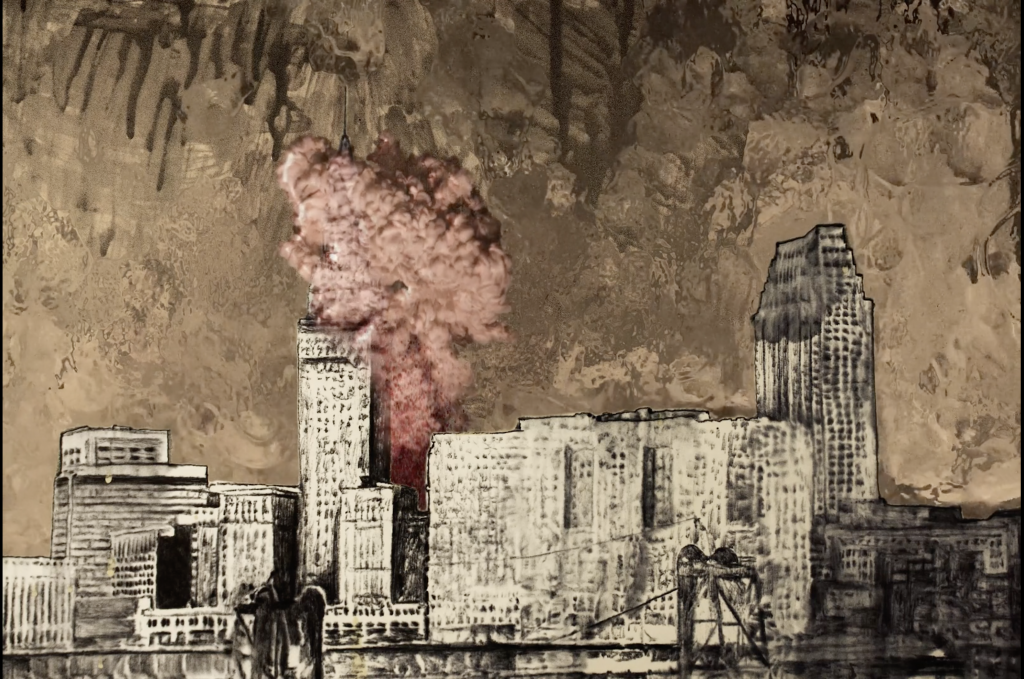
DigA: In the beginning of Black Hole Son you show a series of industrial images which you reference throughout the piece. The imagery echoes throughout the video as cold, empty, and unsaturated visuals opposed to the usual portrayal of large events in vibrant colors. How do you connect American industrialism with hasty impressions?
PB: I think of Cleveland in such an industrial sense, the smokestacks in the industrial park there are tremendous and it smells like sulfur when you drive in on interstate 77. There is a very gritty vibe there, the people did not strike me as warm at all growing up, they were the people that made the machine run. I like the contrast of the machine and the spectacle like the workers and the scientist’s attempts at creating a humanoid robot in Fritz Lang’s Metropolis.
The Cleveland balloon launch is something which seems too environmentally idiotic to have actually happened, yet 1.5 million balloons all floating upward at once looks pretty magical. I like spectacles that are difficult to describe without using media language, without framing with a widely understood medium. Probably the easiest way to describe that balloon launch or the San Diego firework display that is also in the video would be to use the word cinematic, an aesthetic description, like painterly.
The balloon launch was very indicative of Cleveland at the time, trying to get itself on the map without thinking too hard about the environmental costs. It also just reflects on the idea in general of wanting to get some kind of Warholian attention in the era when tv had firmly planted the empty meme of becoming famous in every person in the county.
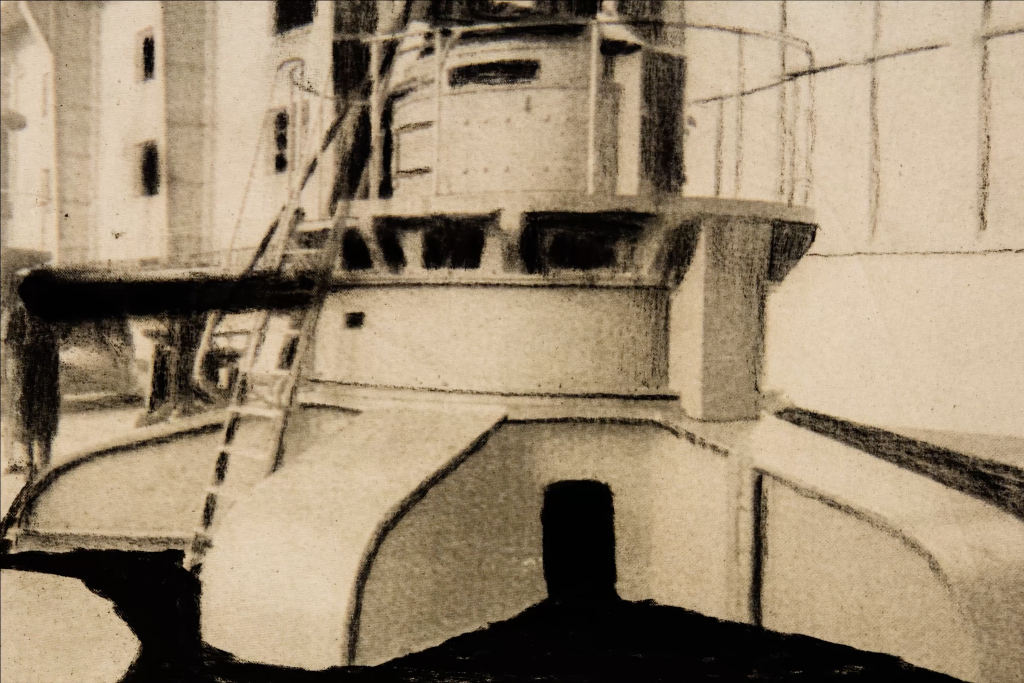
DigA: The eerie emptiness of both the visuals and sound design separates the viewers from the images happening on screen. How does that reflect the empty grand gestures of the beautiful disasters depicted? What do these gestures say about American culture?
PB: I like how modern art was never about absorption, there was always an interest in painting of the twentieth century to express the medium as complementary or counter to the content, I find this separation useful. Detached is probably a decent word for how a good amount of Americans live their lives. A lot of people are forced into detachment by jobs that take all of their energy and mental capacity to maintain, leaving them no time to truly find themselves. People without enough time to form true connections tend to put a lot of stake in the spectacle. I find a lot of what disturbs me about American life today can be traced to this phenomenon. There is a dream in everyone to make some kind of impression on others, Black Hole Son uses a son’s empty feeling of it never working out the way he wanted through the metaphor of social misfires.
DigA: There are frequent repeating techniques and visuals in the three video pieces Black Hole Son, Mannequin, and Beyond Human. The animated painting, appropriated video and photos, as well as a sense of emptiness and meaninglessness, all seem to be a commentary on American cultural phenomenons. However, Mannequin is about empty American malls and Beyond Human is about the Heaven’s Gate Cult; the range in subjects is wide a varied, how does Black Hole Son differentiate itself from your other videos?
PB: I find the overall feeling of the world as bipolar, there are a lot of very ignorant people making a lot of very important decisions affecting a huge amount of people but there are incredible things happening every day. I tend to gravitate toward imagery that reflects a sense of unease but I am more interested in the transition than anything like a weather pattern, hot to cold, etc. Distilled, all three videos are tongue-in-cheek perspectives on dark parts of humanity. Mannequin is dead malls as ghost towns, Beyond Human is the afterlife, Black Hole Son is a hollow drive to make an impression. The way these videos have come about has been sort of wide ranging, Black Hole Son was probably the one where I fussed over technique the most, visually it is the one with the most eclectic aesthetic. It amounts to a dream of empty gestures by cities and factories and men. It also includes a clip of Robin Swoboda which is a shout out to 80’s Cleveland.
DigA: Could you talk about the artists who inspired you?
PB: I mentioned a few above and there are way too many but I will just list a few that I have recently been looking at. Painters: Francis Bacon, Peter Doig, Rosson Crow, Pieter Bruegel, Odilon Redon, Albert Bierstadt, Gerhard Richter, music: Steve Reich, Scott Walker, John Maus, Jean Michel Jarre, Lucky Dragons, movies: Andrei Tarkovsky, Spielberg, Harmony Korine, Rene Laloux, William Kentridge, and Jeremy Blake. That’s a few, however, I am more inspired by specific pieces than the entire catalog of an artist’s work. A few things I have been extremely jazzed on are Daniel Lopatin’s Memory Vague, Peter Doig’s Man as Bat painting, Picasso’s Still Life With Chair Caning, and Marco Brambilla’s Megaplex video series.
:::

Pete Burkeet is an artist who makes paintings and videos that explore the products of mediated social experiences including magical thinking, escapism, anxiety, and neglect. His work has exhibited internationally with shows at festivals, museums, and galleries. Some past shows include CutOut Festival Mexico City, Milwaukee Underground Film Festival, London Experimental Film Festival, and Plexus Projects in Brooklyn, New York. He lives and works in Columbus, Ohio.

